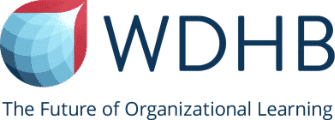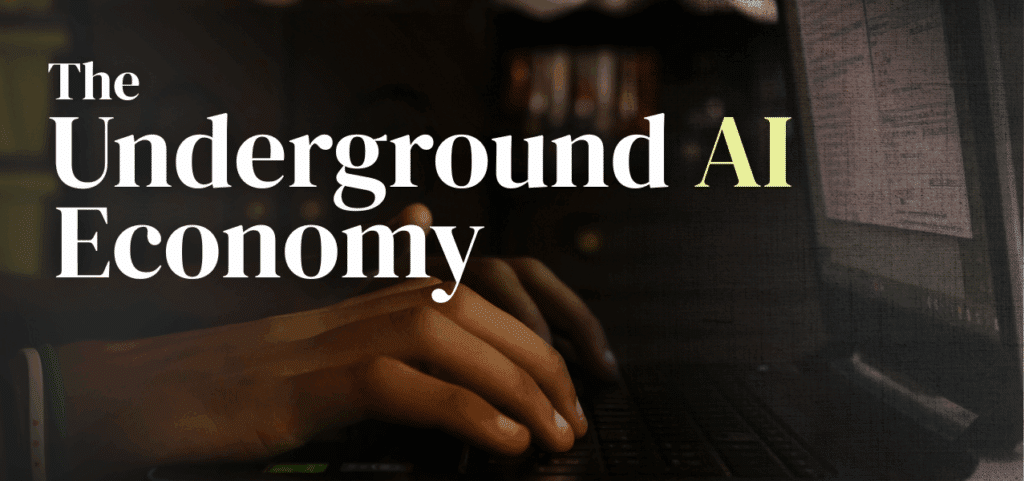Leadership Development Models: Unlocking the Secrets of Successful Leadership

Whether you’re employed in a technology-first corporation, oversee operations in a retail chain or run a healthcare organization, every sector demands effective leadership. Having someone who can be a guide and a role model for the people they work with is frequently necessary for success. However, the reality is, that not all people are born natural leaders. It’s a skill that requires consistent work.
Even in situations where a person has been in leadership roles for years, the need to constantly be learning and upskilling never disappears. This is exactly why ongoing leadership development is crucial for any group to truly succeed at what they do. No matter what level of experience you have as a leader, creating leadership development models that outline a set of behaviors and practices is what ultimately separates good leaders from great leaders.
In this article, we’ll break down what a leader development model is and the main qualities of effective leadership training models. We’ll also show you how to create a leadership model that can be implemented in your business or organization for long-term success.
What Is a Leadership Development Model?
So here’s the big question: how do we define what a leadership development model actually is? Essentially, it’s a program that acts as a how-to guide on becoming an effective leader– one who has a positive impact on others as well as the organization as a whole.
Leadership development models can look different for everyone. This is why it’s so important to identify where there are skill gaps and what kind of leadership is required to support and future-proof a business. There are a whole host of ways in which a person can build on their existing skills and become the best leader they can possibly be – let’s explore this further.
Importance of Leadership Development Models
The benefits of powerful leadership are endless. Putting the right leadership development models in place is exactly what is needed in order to see that return on investment. From improving communication to enhancing employee performance, highly skilled leaders can entirely transform the culture and function of a group for the better.
The word “leader” tends to get a bit of pushback from people who haven’t seen real leadership in action. Those who have experienced poor management may have negative feelings about one person or a group of people being in charge. Leadership, to them, may have looked like one person with selfish intentions, who acted superior and didn’t support their staff’s ability to thrive at work..
This couldn’t be further from the truth. Real leaders actually bring people along for the journey., With the right leadership development models in place, teams can develop a positive relationship with this crucial element of success..
Key Components of an Effective Leadership Development Program
What does an effective leadership development program actually look like? A great program will meet a wide list of criteria, including clear objectives, a shared mission, critical thinking, ongoing education, adaptable leadership approaches and strong communication skills. Let’s take a look at these elements in more detail.
Goals and Common Purpose
If you’re pointing to something in the dark, you might as well not be pointing to anything at all. In order to lead a successful business, you have to be able to outline the goals you are trying to achieve. This way, everyone knows what is required to get the job done. While it’s one thing to have a goal, it’s another entirely to get others to understand the goal’s importance.
When a leader empowers and inspires people to get on board with goals and objectives, employees are much more likely to work together and make it happen. Goals allow people to see their role in achieving a common purpose.
Critical Thinking Skills
To analyze problems with an open mind, incorporate different perspectives and make the most informed decisions: these are the qualities of critical thinking. An effective leadership development model must build critical thinking skills if it is to have an impact. Leaders must be able to take that one step further, digging deeper to get a better result. A critical thinking approach also has a domino effect on how others contribute to the common goal.
Continuous Learning Mentality
A leader who “knows everything” can be an enormous hindrance to any attempts to upskill your management team. Incorporating a growth mindset into your leadership development model not only increases your own knowledge, but gives you even more information to share with others. The more you know, the better equipped you will be to lead.
Flexible Leadership Style
As a leader, it’s crucial to understand that not everybody learns in the same way or at the same pace. One size does not fit all. Taking the time to recognize how people best respond to different learning styles, then adapting your approach accordingly, will help get your message across to a much wider audience. Once you realize that flexibility in leadership style is key to communicating clearly with a group of diverse people, you’ll see the results almost instantaneously.
Communication and Interpersonal Skills
One of the most important components of a leadership development model is communication. If you can’t communicate clearly as a leader, you’re not going to get anywhere. Setting expectations, making sure everyone is on the same page and having an open-door policy are all a must to ensure your communication is effective.
When you incorporate these interpersonal skills into your model, you support relationship-building, teamwork enhancement, conflict resolution, and team motivation. It’s not all about the talking you do, however. You must also become a good listener and have empathy for others.

Future-Proof Your L&D Strategy
Partner with us to design impactful L&D frameworks that drive growth, agility and alignment with your strategic goals.
Creating a Leadership Development Model for Your Organization
Now that you understand the ins and outs of a leadership development model, you might be wondering how to put one in place for you and your organization. Here are some key elements for implementing a successful leadership development model.
Define Objectives
Say, for example, you have a goal to become the most reputable clothes retailer in your city. In order to reach this goal, you need to outline clear objectives that determine how you are going to get there. These act as a guide for team members to follow and keep people on track to achieve the desired outcome.
Objectives could include creating a step-by-step strategy, increasing your online presence by 50 percent, optimizing your marketing plan to reach more people – the list goes on. Defining objectives also means establishing the intended results, clarifying your intended participants and creating a timeline for execution.
Integrated Learning
Integrated learning in leadership development is the process of encouraging people to bring their knowledge from past experiences, both in and out of the work environment, into new ways of learning. This is beneficial because it allows people to rethink, modify and affirm their experiences in a way that aligns with the needs of the organization.
As a result, integrated learning merges various leadership concepts and fosters ongoing education, reflection, innovation and enhanced decision-making skills.
Success Metrics
In order to understand how effective your leadership model is, you need to be willing to welcome and promote constructive feedback. After all, if you don’t know what is and isn’t working, you won’t be able to finetune your leadership model. Success metrics are great way to assess the outcomes of your leadership development model.. Whether you carry out staff surveys, hold a collaborative feedback session or set up an anonymous feedback loop, reflection is the best way to perfect your leadership development model.
Long-term Focus
Rome wasn’t built in a day, and neither is a leadership development model. Part of the process is recognizing that this is not an overnight job. If you really want your model to work, you need to have a long-term focus that is centered around the bigger picture. Take it step by step and remember that good things take time. This attitude is exactly what is needed to build a leadership development model that is sustainable.
Conclusion: Encouraging Organizational Growth Through Leadership Development Models
Every business or organization is different, butthe need for strong leadership development models never changes. No matter what environment you find yourself in, you can build a program by identifying existing gaps in leadership, discovering who will benefit most from the support of leadership training and then regularly assessing how the leadership model can be improved.
Understanding the key elements of a leadership development will put you a step ahead as you apply your learnings to your organization. With the right tools and guidance, the results are guaranteed to drive growth through astounding examples of transformative leadership.
Author
Subscribe to get Access to Exclusive Content





